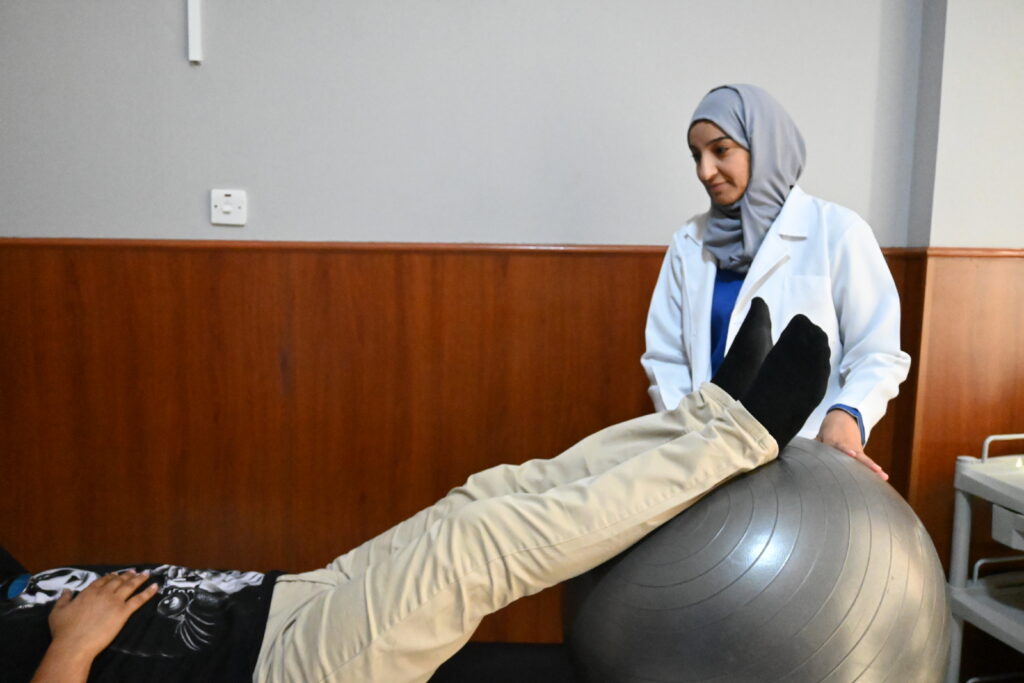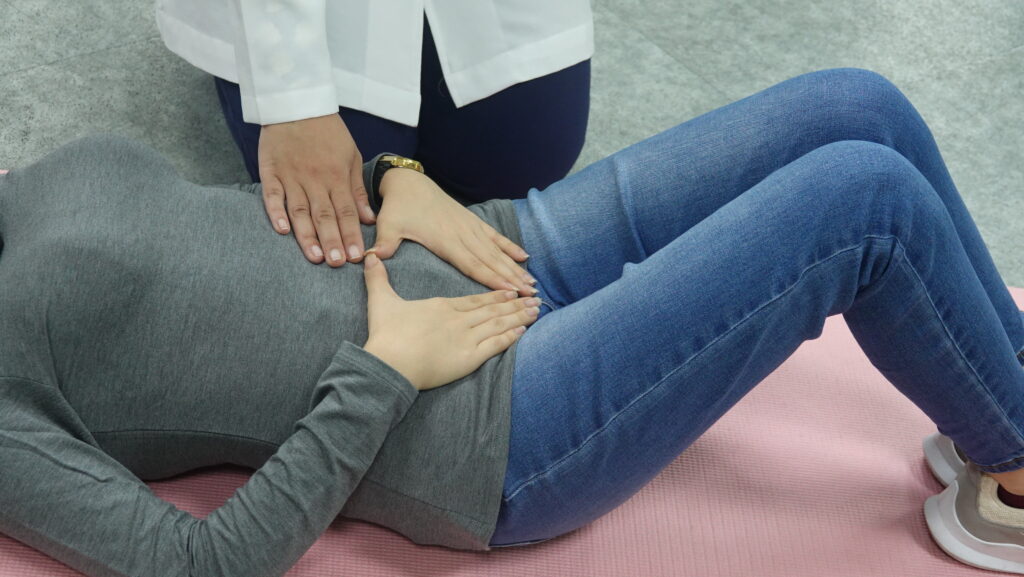admin_alanzoor
-
-
-
February 27, 2024
Pelvic Floor Muscles Dysfunctions
Pelvic Floor Muscles Dysfunctions
The pelvic floor is a group of muscles that form the floor of your pelvis where many vital organs, such as the bladder & uterus, sit.
It is a muscle that can contract & relax to control the bowel functions.
Pelvic floor health conditions are common in middle-aged and post-menopausal women.
These conditions can negatively affect women’s health, quality of life, and self-confidence.
Pelvic floor conditions occur due to several factors such as aging, vaginal birth, hormonal changes, lack of sports, pelvic & abdominal surgeries, and loss of tissue elasticity.
We Treat Pelvic Floor Muscle Dysfunctions:
Uncontrolled passage of urine Urinary Incontinence.
Which could be either;
- 1. Stress incontinence
Urine leaks when you exert pressure on your bladder by coughing, sneezing, laughing, exercising, or lifting something heavy.
- Urge incontinence
You have a sudden, intense urge to urinate followed by an involuntary loss of urine. You may need to urinate often, including throughout the night.
- Overflow incontinence
You experience frequent or constant dribbling of urine due to a bladder that doesn’t empty completely.
- Functional incontinence
A physical or mental impairment keeps you from making it to the toilet in time. For example, if you have severe arthritis, you may not be able to unbutton your pants quickly enough.
- Mixed incontinence
You experience more than one type of urinary incontinence — most often this refers to a combination of stress incontinence and urge incontinence.
In women & men, adolescents & adults.
Falling down womb in females Prolapse Uterus
Pelvic Floor Muscle Weakness, caused by aging or lack of exercise & aging.
Chronic non-bacterial inflammation of the prostate for men.
Vaginal laxity, also termed vaginal flaccidity, is a common concern among women.








